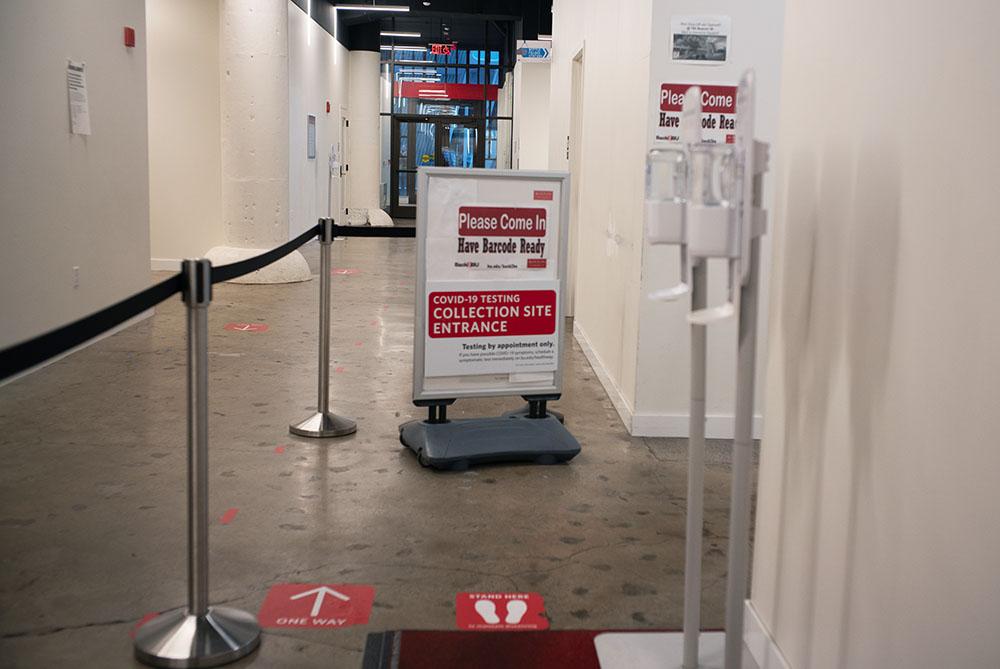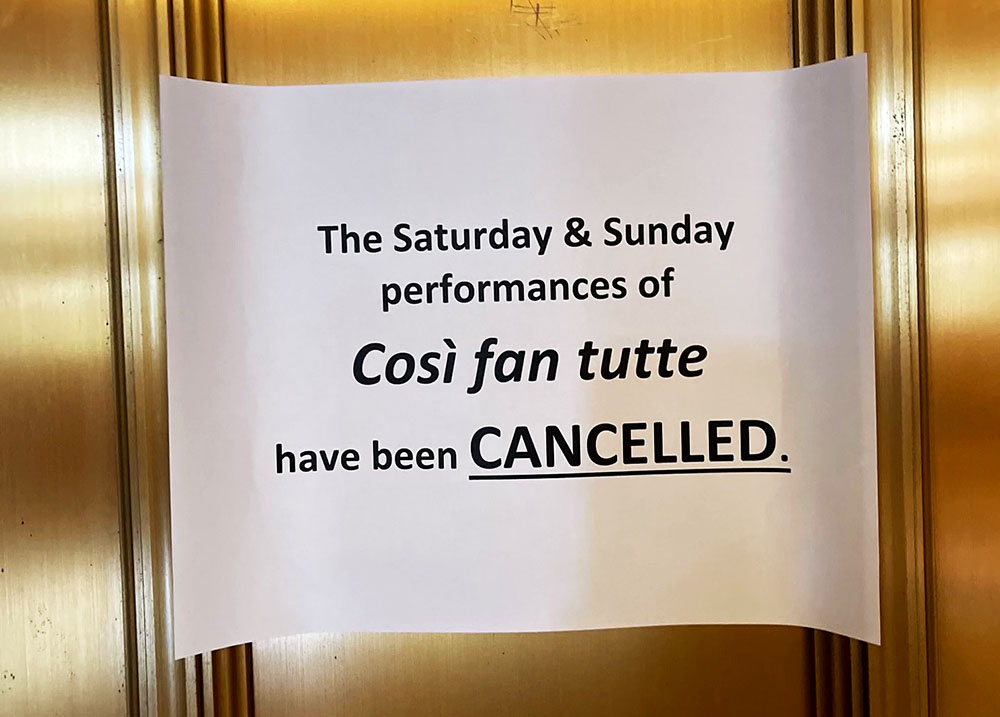Rapid and significant societal changes occur during times of national struggle and uncertainty. During World War II, women rejected their traditional occupations to work in industries previously reserved for men, as most men were drafted to fight on the war front. This dismantled the belief that “women were unable to do men’s work” and created a pathway for women to demand equality in all facets of society.
The Sept. 11 terrorist attacks prompted an acute change in the nation’s attitude towards safety and privacy, provoking new legislation like the PATRIOT Act. It favored the nation’s defense at the expense of American citizens’ civil liberties and personal confidentiality, and defined the two-term presidency of George W. Bush.
Though the numbers are rapidly increasing, according to the New York Times coronavirus has killed 6,268 people in the state of New York alone as of Wednesday. The Sept. 11 terrorist attacks killed a total of 2,977 people in New York City, Washington D.C. and Shanksville, Pennsylvania.
Currently, coronavirus is significantly changing higher education, among other major industries. Colleges across the United States have been forced to implement remote learning procedures while shutting down campuses. While campuses are shutting down, the Centers for Disease Control and the U.S. Department of Education published guidelines for colleges and universities to follow to prevent outbreaks on campuses.
Global academic institutions with international student populations that exceed 20 percent, like Boston University, are asking students in different time zones to attend online classes that may take place in the middle of the night. This puts international students at a massive disadvantage.
Additionally, many professors and faculty members are distinguished scholars in their fields that have been teaching for decades. Many traditional professors choose not to use online resources like Blackboard and prefer students turn in hard copies of their work. These professors, for good reason, may not be comfortable with virtual classrooms. Asking these professors to transition to an entirely virtual classroom when they’ve never had to previously is unfair and unproductive.
While traditional professors find online classes unproductive, students may find remote learning distracting. Students may now check emails, open social media and surf the web — all while attending class. This, for some, constructs a class environment that is less motivating, making it more difficult to focus and impairing ability to learn.
That said, some scholars argue that the benefits of online learning outweigh these disadvantages. According to Forbes, the price of college is increasing eight times faster than American wages, and Americans owe more debt in student loans than both credit card and auto loans. This increase in price, coupled with low and stagnant wages, has caused some Americans to ask if a college degree is worth it.
Remote learning offers a less expensive option to Americans that want the benefit of a college degree without debt. Moreover, coronavirus has shown Americans that, if left with no other choice, prestigious universities can provide mass-scaled adequate education remotely. Harvard Business Review elaborates that “in theory, lectures that require little personalization or human interaction can be recorded as multimedia presentations, to be watched by students at their own pace and place.”
The recent research on remote college coursework indicates that the benefits of remote learning are not only financial. The Brookings Institution published a study in 2017 stating, “Online courses offer the promise of access regardless of where students live or what time they can participate, potentially redefining educational opportunities for those least well-served in traditional classrooms. Moreover, online platforms offer the promise, through artificial intelligence, of providing the optimal course pacing and content to fit each student’s needs and thereby improve educational quality and learning.”
There are negatives and positives that come with remote learning. As the cost of higher education has increased exponentially, many Americans are unable to afford college or are in search of cheaper degree options. Historically, significant societal changes occur during times of struggle. The pandemic has proven that, in some cases, remote education may replace in-person learning if necessary.






























































































































